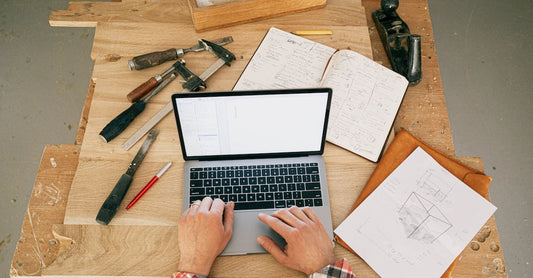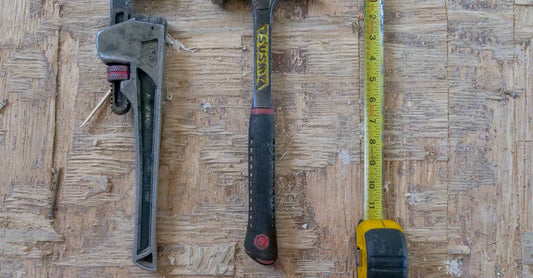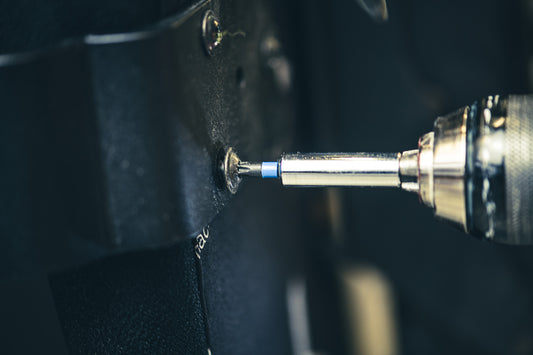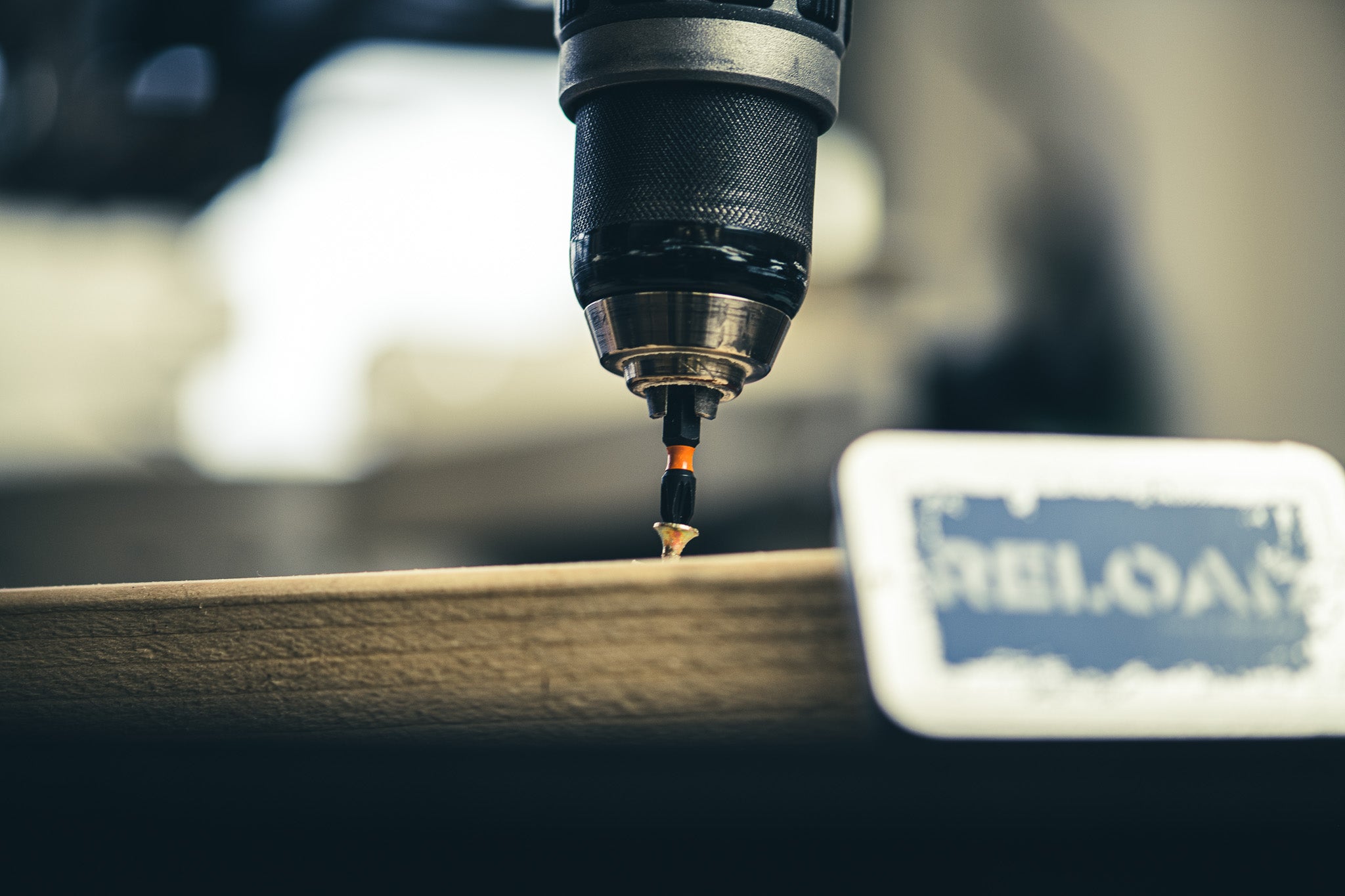UN-DUR-KUT-ING
verb, noun
Digging a shallow trench to support a structure's foundation.
Example usage: We need to undercut the foundation to prevent water from pooling near the house.
Most used in: Construction projects located in areas with heavy rainfall.
Most used by: Tradespeople such as carpenters, masons, and plumbers.
Popularity: 8/10
Comedy Value: 3/10
Also see: 1 Excavation, 2 Benching, 3 Trenching, 4 Subgrading,
What is Undercutting in Welding?
Undercutting is a common welding technique used to join two pieces of metal together. It involves creating a groove along the edge of one of the pieces and then filling it in with a weld to create a strong bond. The groove is usually created using a grinding wheel or a flame cutting torch. The process can be used to join two pieces of the same metal or two different metals.
Undercutting is a critical step in welding and is essential for creating a strong, durable joint. It ensures that the weld has a good surface area for adhesion, as well as providing a good seal for the weld. This helps to prevent any gas or liquid from entering the joint and causing corrosion.
Statistics from the American Welding Society (AWS) show that undercutting is the most common welding defect and accounts for up to 30% of welding defects. This means that it is important to take your time and pay attention to detail when performing undercutting. If done correctly, it can result in a strong, reliable joint.
Undercutting is an essential part of welding and is a key factor in creating a strong bond between two pieces of metal. With the right technique and attention to detail, it can help to ensure that the weld is strong and reliable.
.The Origin of 'Undercutting' in Welding Construction
Undercutting is the process of removing a portion of the weld metal in order to provide a better transition between the weld and the base material. This technique is used to improve the quality of the weld and to reduce the chances of stress cracking. The term 'undercutting' was first used in the early 1900s in the United States and Europe.
Undercutting was originally used in manual welding processes, and was done by grinding or chiseling away the weld metal. As welding technology advanced, automated methods of undercutting were developed which involved using a gouging rod or a cutting torch. Today, undercutting is still used in welding and is considered an essential part of the welding process.
Undercutting is a crucial part of many welding projects and is used to ensure the weld is properly done and that the bond between the base material and the weld is strong. Without undercutting, welds may be weaker and more likely to fail.




